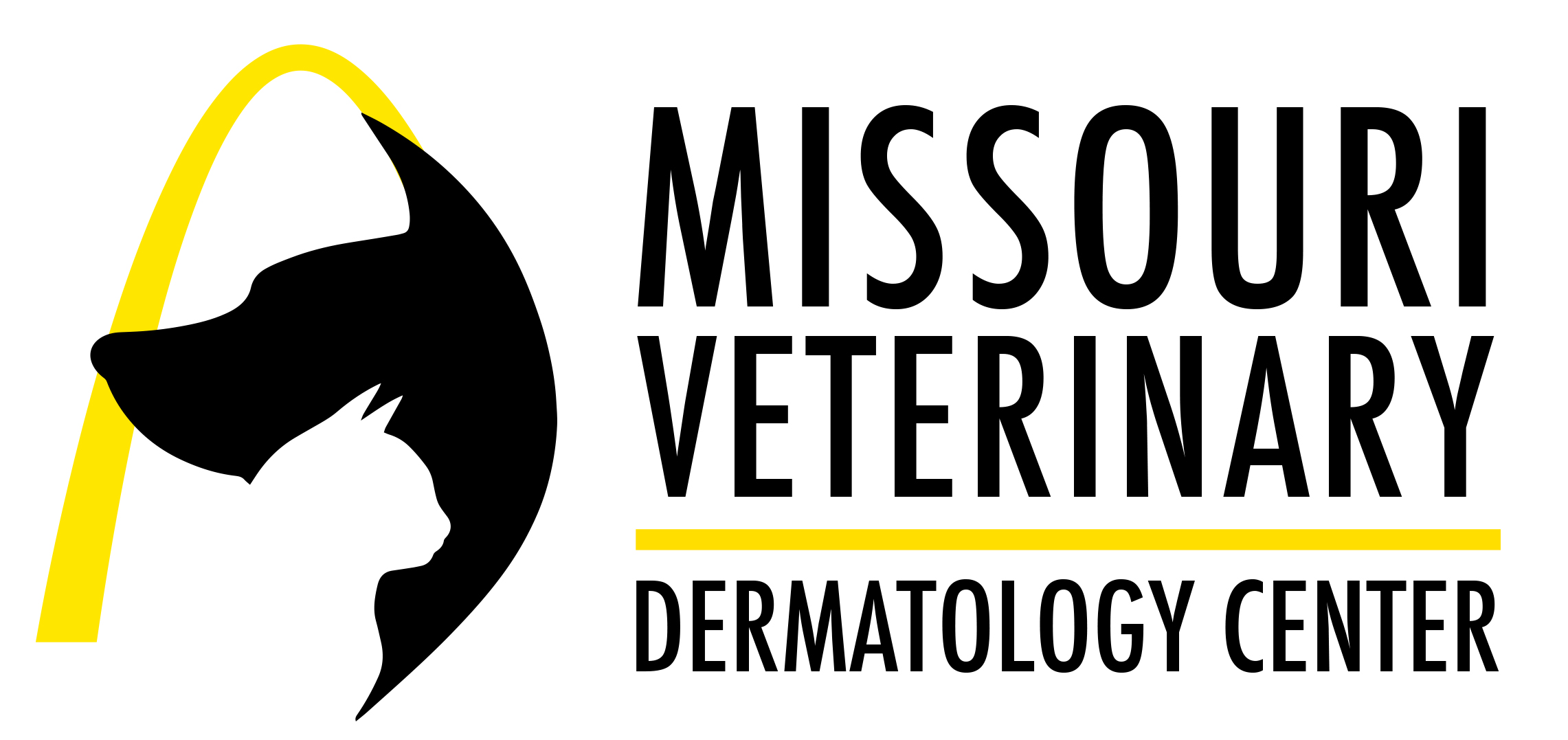It's time to feel better.
Carbon Dioxide Laser Surgery
Decreased discomfort after the procedure, less inflammation, and faster recovery

Surgical procedures are utilized in the field of veterinary dermatology on occasion to help with a more exact diagnosis or to provide a quicker route for enhanced therapy results. Skincare treatment that the doctors at Missouri Veterinary Dermatology Center may perform includes skin biopsies, excision of skin tumors and polyps, treatment of interdigital cysts, and excision of scarring and proliferative problems in regions like the ear.
The CO2 lasers at the Missouri Veterinary Dermatology Center allow for more complex and efficient surgical procedures, which are often less painful for the patient. CO2 lasers are frequently utilized in situations where traditional surgery is difficult or dangerous because they cause a little bleeding. This instrument allows our dermatologists to make a precise incision with less bleeding and faster healing than traditional surgery.
CO2 laser surgery is a surgical technique that replaces a scalpel blade or other tools with a carbon dioxide laser. The CO2 laser has several advantages, including decreased discomfort after the procedure, less inflammation, and faster recovery. When removing surface abnormalities or tumors, the CO2 laser frequently enables numerous masses to be removed without stitching each location and in significantly less time than traditional surgical procedures.
